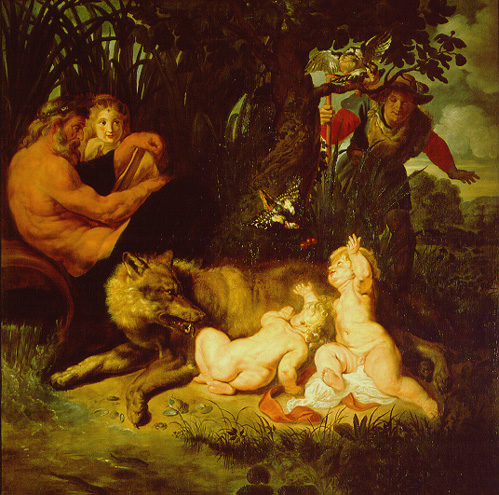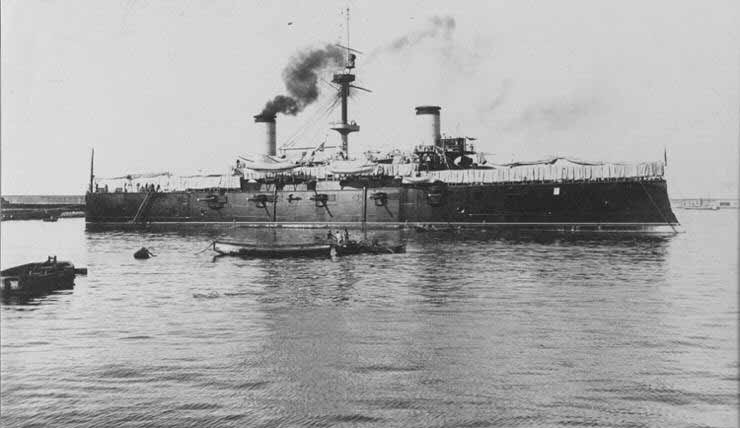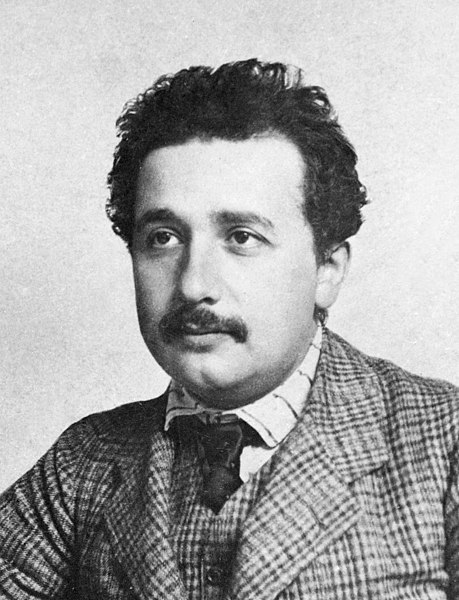Discovery of Brazil
The fleet under the command of the 32–33-year old Cabral departed from Lisbon on 9 March 1500 at noon. The previous day it had been given a public send-off which included a Mass and celebrations attended by the King, his court and a huge crowd. On the morning of 14 March the flotilla passed Gran Canaria, in the Canary Islands. It sailed onward to Cape Verde, a Portuguese colony situated on the West African coast, which was reached on 22 March. The next day, a nau commanded by Vasco de Ataíde with 150 men disappeared without a trace. The fleet crossed the Equator on 9 April, and sailed westward as far as possible from the African continent in what was known as the volta do mar (literally "turn of the sea") navigational technique. Seaweed was sighted on 21 April, which led the sailors to believe that they were nearing the coast. They were proven correct the next afternoon, Wednesday 22 April 1500, when the fleet anchored near what Cabral christened the Monte Pascoal ("Easter Mount", it being the week of Easter). The spot is on the northeast coast of present-day Brazil.
The Portuguese detected inhabitants on the shore, and all ships' captains gathered aboard Cabral's lead ship on 23 April. Cabral ordered Nicolau Coelho, a captain who had experience from Vasco da Gama's voyage to India, to go ashore and make contact. He set foot on land and exchanged gifts with the indigenous people. After Coelho returned, Cabral took the fleet north, where after traveling 65 kilometres (40 mi) along the coast, it anchored on 24 April in what the commander-in-chief named Porto Seguro (Safe Port). The place was a natural harbor, and Afonso Lopes (pilot of the lead ship) brought two natives aboard to confer with Cabral.
As in the first contact, the meeting was friendly and Cabral presented the locals with gifts. The inhabitants were stone age hunter-gatherers, to whom the Europeans assigned the generic label "Indians". The men collected food by stalking game, fishing and foraging, while the women engaged in small-scale farming. They were divided into countless rival tribes. The tribe which Cabral met was the Tupiniquim. Some of these groups were nomadic and others sedentary—having a knowledge of fire but not metalworking. A few tribes engaged in cannibalism. On 26 April, as more and more curious and friendly natives appeared, Cabral ordered his men to build an altar inland where a Christian Mass was held—the first celebrated on the soil of what would later become Brazil. He, along with the ships' crews, participated.
The following days were spent stockpiling water, food, wood and other provisions. The Portuguese also built a massive—perhaps 7 metres (23 ft) long—wooden cross. Cabral ascertained that the new land lay east of the demarcation line between Portugal and Spain that had been specified in the Treaty of Tordesillas. The territory was thus within the sphere allotted to Portugal. To solemnize Portugal's claim to the land, the wooden cross was erected and a second religious service held on 1 May. In honor of the cross, Cabral named the newly discovered land Ilha de Vera Cruz (Island of the True Cross). The next day a supply ship under the command of either Gaspar de Lemos or André Gonçalves (the sources conflict on who was sent) returned to Portugal to apprise the King of the discovery.





 Reply With Quote
Reply With Quote







